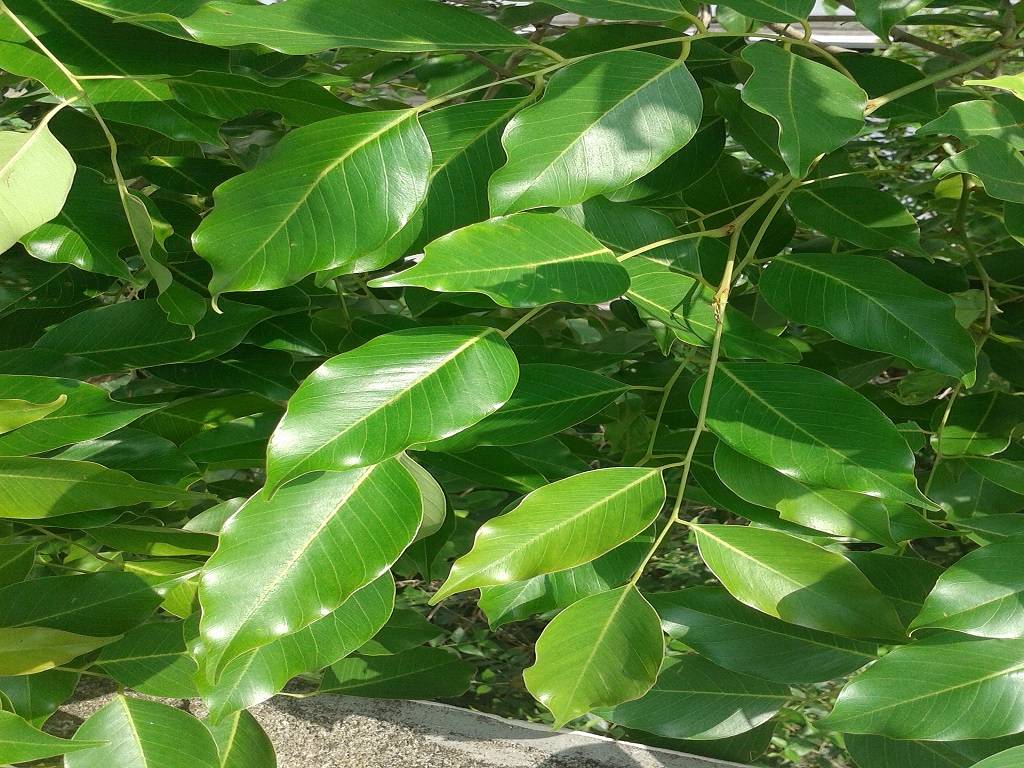
The lieutenant governor of Delhi, VK Saxena, issued an order on Sunday to all organizations that look after parks, gardens, big stretches of land, and those engaged in horticulture to plant a total of 10,000 sandalwood trees around the city.
The LG gave these orders after visiting the Sunder Nursery and sharing his experiences in planting the same trees in several areas in Nasik, Varanasi, Gandhi Nagar, and Delhi during his former position as chairman of the KVIC.
He said that planting should take place while the monsoon is still in progress.
He told, “Contrary to the belief that these trees cannot grow in climatic conditions present in Delhi & other locations across the nation, all these trees, including the ones that were planted at Rajghat in had in just a year not only survived but had grown to a height of 9 to 10 feet”.
Additionally, the LG made an appeal to farmers and small landowners throughout the city, urging them to plant at least four sandalwood trees. The LG claimed that the frequently resource-strapped farmers could easily rely on two of those trees for their children's education, with the remaining two trees being used to support their future careers.
"Planting sandalwood will result in the monetization of government land and create immense financial assets for the land owing agencies and farmers or land-holders in the city," said Saxena on Sunday, noting that a sandalwood tree matures in 12 to 15 years and sells for between 12 and 15 lakh rupees per unit at the current rates.
At this rate, 10,000 sandalwood trees are predicted to be worth between 12,000 and 15,000 crores of rupees when they are fully grown, he continued.
Though authorities Since sandalwood trees are not indigenous to Delhi, even though they might thrive there after being planted, they won't be able to bring the project's promised economic advantages. According to scientists, Delhi seldom experiences the circumstances that the tree needs, which include well-drained soil and heavy rainfall.
The approach, according to environmentalist and "Trees of Delhi" author Pradip Krishen, is ill-advised because sandalwood trees cannot flourish in either the Yamuna belt or the Aravalli region. The tree is a semi-parasite by nature, which means that it gets its nutrition from adjacent trees or plants. It is also not native to Delhi, where it may not be able to thrive as well as it may in other locations with better environmental circumstances, he added.
According to LG, the initiative would capitalise on the land's existing resources and produce assets for self-sustainability, including sandalwood, sandalwood oil, and the perfume business, which depends on imports of significant amounts of the tree's oil and powder for production.
















